Why You Should Want a Budgetary Control Solution that’s Native to NetSuite
By: Rich Uphus | April 25, 2023
When evaluating budgetary control solutions, you should consider how each solution interacts with your NetSuite ERP. Learn why a NetSuite-native solution can save you time and reduce errors.
______________________________________
ARTICLE — When it comes to third-party budgetary control solutions, you’ve got options. But not every solution is created equal, and one characteristic you should consider when evaluating solutions is how each solution interacts with your NetSuite ERP. Is it a different, separate application? Or is it NetSuite-native, allowing you to access the functionality from within the familiar NetSuite interface, like the automated budgetary control solution from PyanGo?
Not sure why it matters? Here are three reasons we think solutions native to NetSuite stand head and shoulders above the rest.
Ease of Use
Purchasing a new software application inevitably means time and money spent training your employees and getting them (and you) used to the new system, right? Not if your budgetary control solution is native to NetSuite.
Brian Schilling, manager at RSM US, explains why PyanGo’s NetSuite-native budgetary control solution saves you time and money on training. “It’s really built and baked right into the application. You’re actually using standard NetSuite functionality to create your invoices, create your purchases, pay your bills, etc.” If the system needs to send you a warning that a purchase would be over budget, it behaves just like a standard warning in NetSuite. This means that from the user’s perspective, very little changes when you implement this solution; they’ll still be using NetSuite the way they’re accustomed to. “I think it’s a great solution,” says Schilling, “because you don’t have to retrain the entire organization on how to use it.”
No Duplication
If your solution isn’t native to NetSuite, you will have to have all your data entered twice: once in the solution and once in NetSuite. This leads to complication, confusion, and extra effort, says Mike Canniff, CEO and co-founder of PyanGo: “If I have just a single database where all of my transactions and actuals are happening, that’s much easier to maintain than having to spread that across multiple systems.” The same thing is true with security: “If I have a single security model for all of the users—so I can assign roles to say who can review budgets versus who is performing the transactions—then I don’t have to maintain that in two different systems.”
“It just makes sense for workflow processes,” says Canniff. “When I approve a purchase order, that’s a natural step within an ERP system—to go from a pending to an approved state. We don’t want to duplicate that logic in a separate control platform to verify that we are still within budget.”
It makes things easier and simpler to have everything tightly integrated within the same native platform.
Data Quality
Not duplicating your databases and your processes has another advantage. “If you are working with a solution native to your ERP, data quality is granted,” says Saptarshi Bose, solutions advisor at Oracle NetSuite Planning & Budgeting. “It’s a golden source of your actuals, which drives your budget.”
Canniff adds that there’s a risk inherent in not using a solution that’s native to NetSuite because you don’t have a single source of truth with your data. “If you have budget data in your third-party solution and within NetSuite ERP, and if they get out of sync or if there’s a time lag or if one of the systems happens to be down, you have trouble completing the procurement process.”
When your budgetary control solution is native to NetSuite, you have no duplication of data, which means you have a single source of truth and no possibility of problems like this.
PyanGo Automated Budgetary Control for NetSuite
PyanGo’s Automated Budgetary Control for NetSuite, seamlessly built inside Oracle NetSuite, lets organizations take control of their spend. It allows them to automatically regulate and track expenditures against predefined authorized budgets and encumber expenses throughout the procurement lifecycle. The solution tracks hard and soft commitments via purchase requests or purchase orders. All expenditures outside of compliance are flagged for review before funds are encumbered. Automated Budgetary Control for NetSuite also extends standard and advanced procurement, expense reports, and journal processing modules.
Contact PyanGo to learn more about how PyanGo’s Automated Budgetary Control for NetSuite can benefit your organization.
Click here to schedule an online product demonstration.




